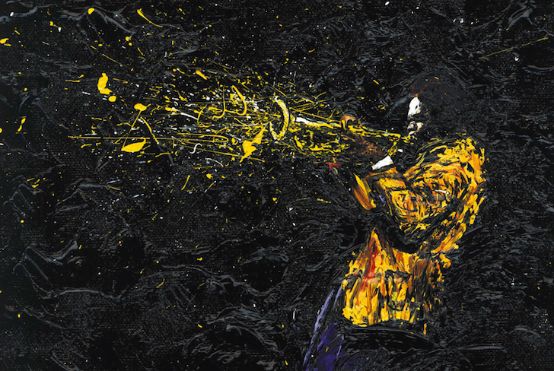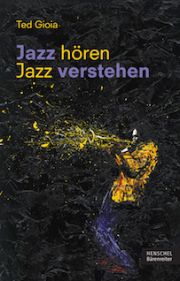Makes you hungry for more jazz
Ted Gioia gives a concise but extremely competent and humorous account of the history of jazz, talks about the most important performers and explains what is important when listening to jazz.

Books on the history of jazz are usually three times as thick as this 200-page tour d'horizon. In it, the experienced jazz journalist and pianist Ted Gioia not only describes styles and performers one after the other, but also spreads out a catalog of criteria that are decisive for him when judging jazz performances. Fats Waller, when asked for a definition of jazz, replied: "If you have to ask that question, you'd better keep your hands off it!" And Duke Ellington said: "Listening is the most important thing in music." Ted Gioia admits that, as a thirty-year-old, he was inspired for his first book on the history of jazz by the newsletters of the influential wine connoisseur Robert Parker in Napa Valley: the ability to describe the nuances of taste of fine wines in flowery metaphors, and in breathtaking variety, showed the jazz author how to approach the difficult task of putting music into words.
In his latest work, Listening to jazz, understanding jazz, Ted Gioia allows himself to be looked over the shoulder: his way of critical listening and judgment is not only based on personal taste, but follows clear criteria that lie in the music itself. He describes parameters such as rhythm, pulse, phrasing, pitch and timbre, dynamics, personality and spontaneity in concise chapters that are easy to read thanks to the wealth of metaphors and Anglo-Saxon humor. One apt tip, for example, is to listen to performances that are still imperfect under the heading "Student Jazz Band". This sharpens your ear and allows you to really appreciate the greats of the profession. In the chapter on the structure of jazz, the author gives an insight into his work with music students and shows instructive examples of how more complex jazz pieces can be divided into their formal parts and how these can be characterized by the instrumentation. Today, we benefit from the fact that practically all the music titles and performers mentioned in this book can be found on the World Wide Web. Ted Gioia provides a series of listening recommendations in each chapter. From the origins of jazz and the development of its styles, he moves on to a description of the main innovators, from Louis Armstrong to Ornette Coleman. This is followed by the chapter "Listening to jazz today" and an appendix with "Jazz masters at the beginning and in the middle of their careers". The index at the end of the book helps with orientation in this diversity.
The first jazz records were released a hundred years ago in New Orleans. Recordings (often live or uncut) are valuable contemporary documents and contributed to the spread of this music across all continents. However, the essence of a jazz performance lies in the spontaneity of the live experience. Every event is unique! Ted Gioia has retained his attitude to this to this day: "Almost anything can happen tonight - almost anything! (...) The musicians themselves hardly know what they are about to play; the anchoring of jazz in improvisation makes for strange and wonderful progressions on stage, perhaps as early as the next song."
This concise but extremely rich book helps both the beginner and the connoisseur to deepen their knowledge and - it whets the appetite for more jazz!
Ted Gioia: Listening to Jazz, Understanding Jazz, translated from the English by Sven Hiemke, 207 p., € 24.95, Henschel/Bärenreiter, Leipzig/Kassel 2017, ISBN 978-3-7618-2426-9








